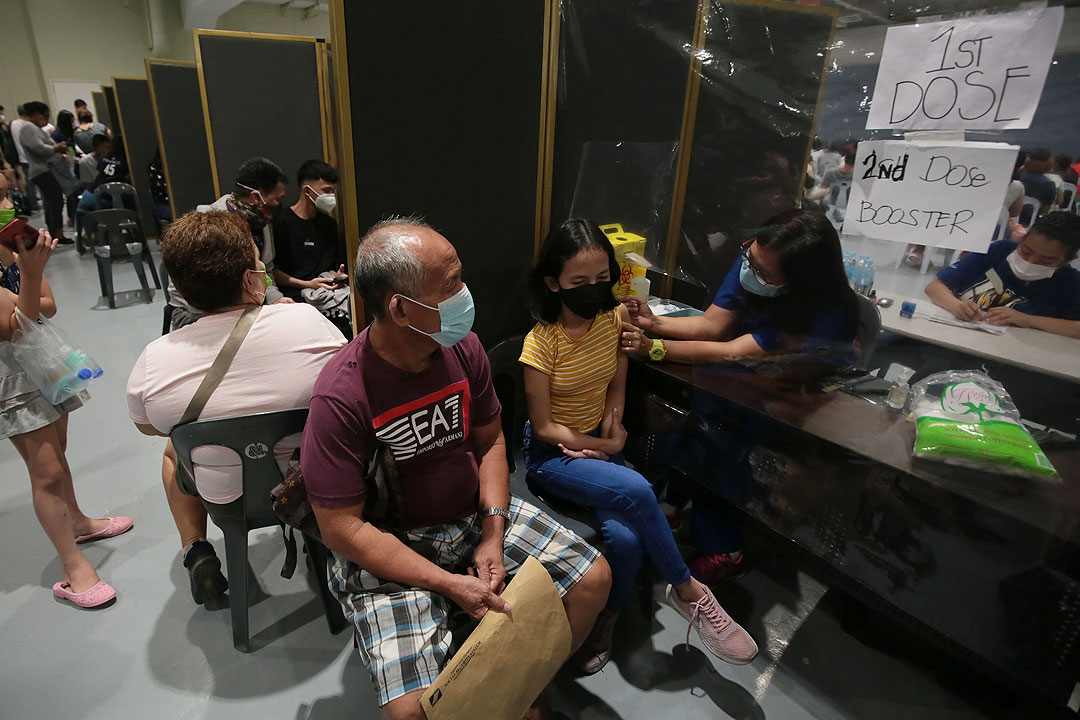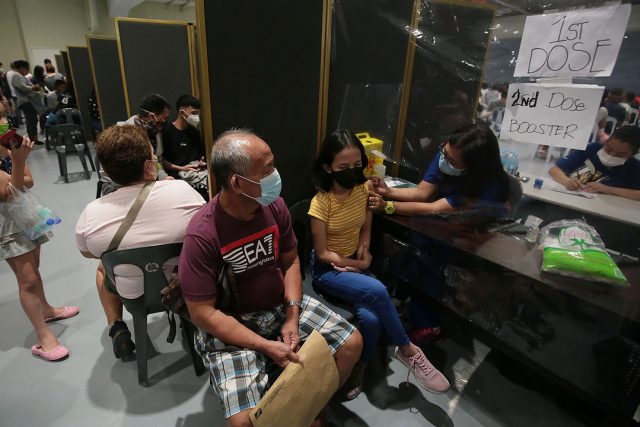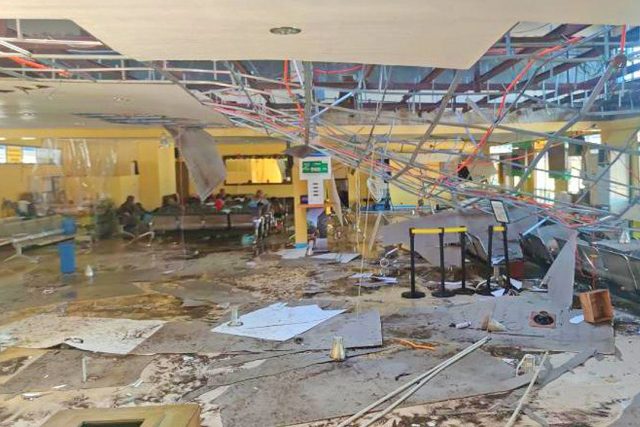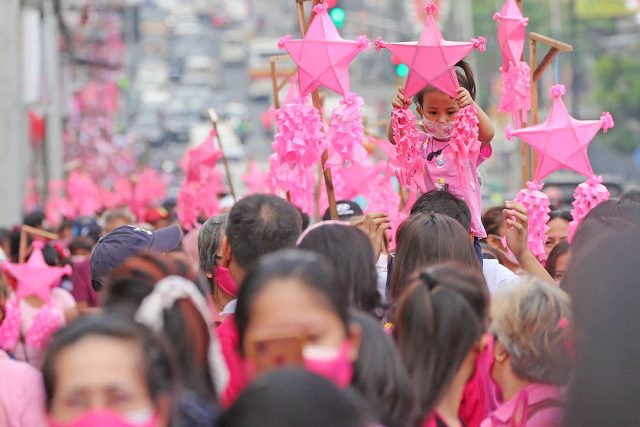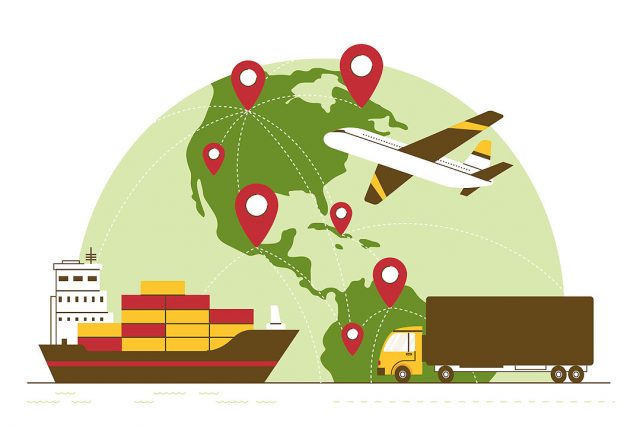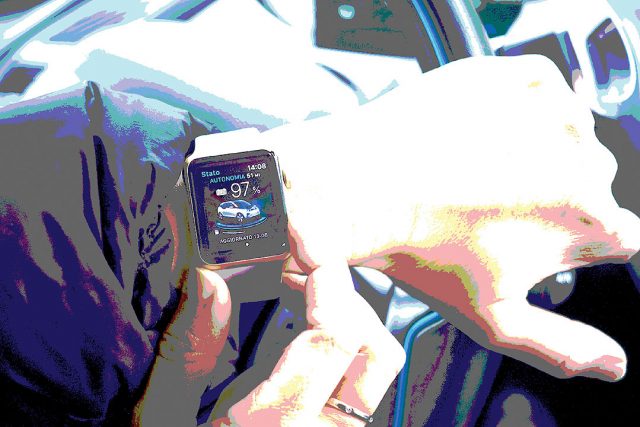(Part 2)
As an input to the programs of the national candidates and their teams, a few economists and subject matter expert friends in the Foundation for Economic Freedom, the Management Association of the Philippines, the Makati Business Club, the Philippine Disaster Resiliency Foundation, and I developed a 10-point wish list for the first 365 days of the new administration. I am pleased to share this with readers, abbreviated a bit to fit column space.
(Points one to four of the 10-point wish list were tackled in Part 1 which can be found here: https://www.bworldonline.com/the-first-365-days/.)
5. ADDRESS THE COUNTRY’S ENERGY SECURITY
Address the country’s future Energy Security situation to ensure continued access to cleaner forms of energy, future exploration of offshore resources which do not place the country at political or national security risk, and the provision of affordable secure energy and power.
a. Background: Malampaya currently serves around 30% of Luzon’s power demand, however, the indigenous gas field has already exhibited resource decline beginning in 2021. With the expectation that the resource is good for another five to seven years, there is an urgent need to develop the “next Malampaya” to ensure the country’s energy security.
b. It is critical to secure private sector investment developing all forms of energy investments, with government guaranteeing a fair, transparent, and consistent selection process for granting service contracts. It is likewise critical to address geopolitical issues (i.e. enforcement of The Hague ruling) and firmly establish fiscal terms (i.e. review of PD 87) in seeking to expand oil and gas exploration in the West Philippine Sea.
c. Create a dynamic LNG (liquified natural gas) economy by investing in enabling infrastructure through PPP (private public partnerships).
d. Scale up renewables by setting aspirational goals. Enforce the upgrade of the national grid network through a thorough implementation of the transmission development plan and ensuring accountability.
e. Aggressively encourage greater electrification in the transportation sector by introducing better incentives for public utility and private electric vehicles, including incentivizing or supporting the construction of needed infrastructure (e.g. charging stations).
6. UPHOLD THE RULE OF LAW
Uphold the rule of law through increased transparency in government, successful prosecution of erring individuals, and restore and strengthen faith in our institutions.
a. Ensure the proper implementation of the intent and letter of Executive Order No. 2, s. 2016, which operationalizes the Constitutional provisions on the Filipino’s right to information, at least for the Executive Branch.
b. Aggressively pursue and swiftly decide on cases against officials and associates accused of corrupt practices (e.g. PhilHealth, Pharmally), with utmost adherence to the principles of justice and fairness, while on trial or under investigation. Commit to a clear policy that erring public officials will not just be merely “fired” from their government posts (and be placed in another agency) but will be disqualified from public office as the law provides, and prosecuted to the law’s fullest extent.
c. Restore and subsequently strengthen faith in our institutions, particularly those that directly interface with the public (Land Transportation Office, National Bureau of Investigation, Bureau of Internal Revenue, Philippine National Police, Metropolitan Manila Development Authority, etc.). As a significant and high impact start, correct negative perceptions against the Philippine National Police, considering the present administration’s drug war and persistent perceptions of corruption.
7. REVIVE THE PPP MODEL OF INFRA DEVELOPMENT
Revive the PPP model of infrastructure development to accelerate both physical and digital infrastructure investments.
a. Accept and process unsolicited PPP proposals, especially mature ones that the current administration was unable to evaluate and pursue, while a new pipeline of solicited projects is being developed. In addition, convert back to PPP, projects that were redirected for ODA (particularly Chinese ODA or official development assistance) and government procurement (e.g. new water sources for National Capital Region, regional airports, etc).
b. Consider major tweaks in PPP policy, including those that may require legislation, particularly on proper risk allocation (e.g., stringent Material Adverse Government Action [MAGA], which remain as an obstacle in pursuing PPP due to unacceptably high regulatory and political risks). Furthermore, be open to PPP solutions that go beyond what is provided in the BOT (build-operate-transfer) Law to address critical national and local needs in public health, digital transformation, and ease of doing business.
c. Declare and commit to the sanctity of contracts through good faith adherence to PPP contract terms and decisions of international arbitration tribunals (e.g. MWSS concession contracts, automatic adjustments in rates in toll roads). Apart from exceptional circumstances where the public interest is conclusively compromised, contracts executed by parties should be upheld in its entirety. Any concerns on contract terms should be discussed in a constructive manner, aimed at coming up with a fair agreement to all parties.
8. CRAFT INDUSTRY ROADMAPS IN 10 KEY SECTORS
Craft Industry Roadmaps in the 10 sectors with the most potential for massive job generation, such as tourism, BPO (business process outsourcing), agriculture, forestry, manufacturing, construction, responsible mining, MSMEs (micro, small and medium enterprises), among others.
a. Roadmap development will be led by the respective industry associations and co-created with the National Government and Academe.
b. To be developed roadmaps will feature assessments of our global competitiveness, international benchmarks, and persistent systemic challenges, while exploring and recommending solutions and opportunities to harness.
c. These roadmaps will mandate actionable, time-bound plans for the next five years, with a prioritized list of support required from the National Government.
9. INSTITUTIONALIZE LABOR FLEXIBILITY
Institutionalize labor flexibility both through executive action and through legislation for quick employment generation especially in depressed areas, through win-win solutions.
a. Establish Special Employment Zones (SEZs) in high unemployment areas. The chief features of these SEZs will be a suspension of the minimum wage and labor security regulations, while allowing for flexible wage rates. Legally mandated social security protections like social security payments will be kept in place.
b. Pass a revised Apprenticeship Law. The existing apprenticeship law is defective as it is applicable only for technical industries, and the coverage is only good for six months, which is not enough time for an employer to properly train an apprentice and subsequently decide whether to engage the apprentice as a full-time employee.
c. Amend the Labor Security Provisions in the Labor Code in exchange for Portability of Pensions. The current arrangement of requiring companies to permanently hire employees who have rendered six months of tenure has given rise to the ENDO (“end of contract”) phenomenon to the detriment of employees, while imposing restraints on employers in adjusting their staffing cases of undesirable employees. A win-win solution would be to allow for flexible employment arrangements, but supporting this by requiring companies to fully fund and allow portability of pensions that the employee had already accumulated to his next employer, rather than having it reset to zero when he or she changes jobs.
10. IMPROVE EASE OF DOING BUSINESS AND PUBLIC SERVICE DELIVERY
Improve the ease of doing business and delivery of public services through e-government and the National ID System.
a. Further digitalize government services to improve service delivery. Use the National ID as the basic platform for eGov services. For Businesses, a Philippine Business Number (PHBN) can be created as a form of “national ID for enterprises.”
b. Follow the principle of “one-time only data entry” and sharing of data across agencies so businesses do not need to keep submitting same data to different agencies. PHBN could address this issue.
c. Look at national government agencies that interface with a large constituency and digitalize their services (Department of Foreign Affairs, the Bureau of Internal Revenue, Securities and Exchange Commission, the National Bureau of Investigation, the Land Transportation Office); LGUs to be tackled differently (they should just plug in to an existing platform, rather than build their own).
d. Promote innovation by allowing private sector app developers to offer service subscriptions to national government agencies and LGUs and to earn a revenue share or transaction fees from their services. The aim is to steadily shift government’s digitalization paradigm from procuring hardware and creating applications from scratch to buying software-as-a-service/subscriptions.
Above are policies; implementation will only happen with strong, honest, Cabinet appointees. Our next leader’s most important task, by far, in his/her first 100 days in office will be to pick a first-class team equal to the most challenging circumstances facing our country, committed to the rule of law, and genuine servant leadership.
Romeo L. Bernardo was finance undersecretary during the Cory Aquino and Fidel Ramos Administrations. He is a Trustee/Director of the Foundation for Economic Freedom, Management Association of the Philippines and FINEX Foundation
